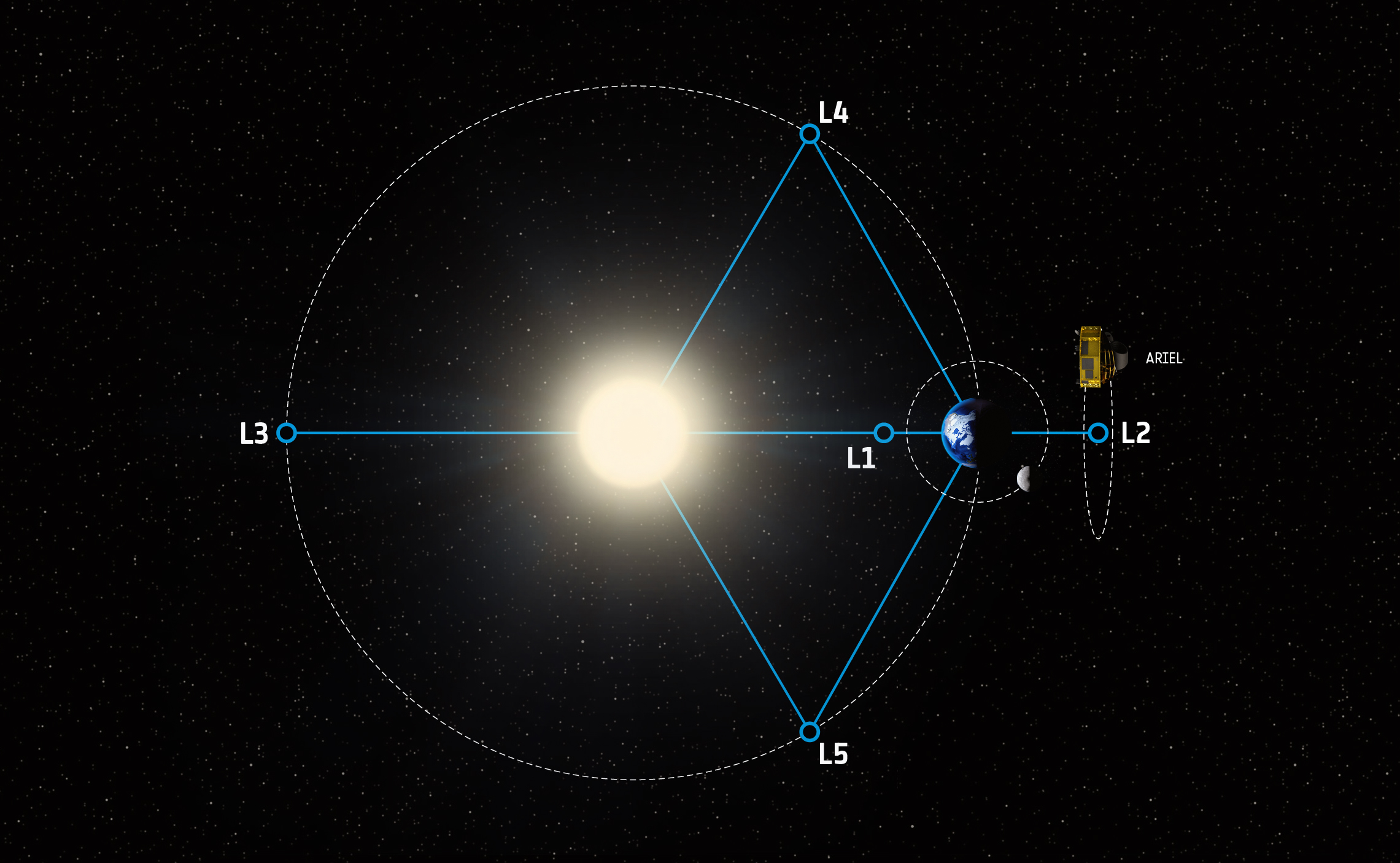
ARIEL Passes Major Milestone

ARIEL, the European Space Agency’s next-generation mission to observe the chemical makeup of distant extrasolar planets, has passed a major milestone after successfully completing its Payload Preliminary Design Review (PDR). The successful completion of the Payload PDR marks a crucial step forward for Ariel, demonstrating that the mission's payload design meets all the required technical and scientific specifications, and no showstoppers were found for the foreseen launch in 2029.
The ARIEL consortium payload team prepared 179 technical documents and addressed 364 questions (RIDs) for a panel of ESA experts, who evaluated the feasibility, performance, and robustness of the payload design. The review scrutinised every aspect of the proposed payload, to ensure that the designed systems meet the technical, scientific, and operational requirements of the mission. In May 2023 the ESA review board accepted that all the objectives had been completed, and confirmed the successful closure of the ARIEL Payload PDR.
As a result of this major achievement, ARIEL's payload critical technology is now considered at Technical Readiness Level 6, indicating that the mission can now proceed to payload CDR (Critical Design Review) and begin to manufacture its first prototype models.
Paul Eccleston, ARIEL Consortium Manager and Chief Engineer at RAL Space, is very pleased with the outcome and has thanked the international payload team engineers "for the enormous amount of work they’ve put in both before, during and after the payload PDR, especially while also keeping all the consortium work on track and the internal design work to plan. We look forward to continuing to work with ESA and Airbus on the construction of Ariel.”
The ARIEL payload is developed by a consortium of more than 50 institutes from 16 ESA countries – which include the UK, France, Italy, Poland, Belgium, Spain, Austria, Denmark, Hungary, Portugal, Ireland, Czech Republic, the Netherlands, Norway, Sweden and Estonia. Contributions from NASA, JAXA and the Canadian Space Agency have recently been confirmed.
National Space Agencies supporting the ARIEL consortium and payload have expressed great satisfaction with the outcome of the Payload PDR:
Caroline Harper, Head of Space Science at the UK Space Agency (UKSA), said: “Just one year after the UK Space Agency confirmed a £30 million investment into the ARIEL programme, this is a significant moment for everybody involved. The UK is right at the heart of the mission, with ARIEL's international science consortium being led by Prof Giovanna Tinetti of University College London. UK engineers and scientists at RAL, UCL, Oxford and Cardiff Universities are also leading on the development of the science instrument payload, 2 and contributing key elements of the spacecraft itself.”
Barbara Negri, Head of the Human Flights and Scientific Experimentation unit at the Italian Space Agency (ASI), commented: “The main Italian contribution to ARIEL payload is the design, construction and testing of the telescope, a very challenging project as the science needs require a cryogenic instrument, working at -220°C. The conclusion of the PDR is a major step in the process, very gratifying for national science team and companies involved. ASI is equally satisfied with the other valuable Italian responsibilities: the instrument control electronics and the leadership of our scientists at payload system level for electronics and thermal aspects.”
Pascale Danto, ARIEL Program Manager at the Centre National d'Etudes Spatiales (CNES), stated “Thanks to all the ARIEL team for the excellent work, and special thanks to the French team in charge of the Infra Red Spectrometer AIRS, which is key to achieve ARIEL's science goals. AIRS is under CNES responsibility and developed by a joint team CEA-CNRS-CNES, gathering our expertise to reach the best performance. After this important milestone, activities are now focused on the first hardware deliveries. Bravo à tous!”
Iwona Stanisławska, Director of the Space Research Center of the Polish Academy of Sciences (CBK PAN), said: “We are excited to work on such a ground-breaking space mission as ARIEL in close collaboration with world's most important scientific and space centers. It shows that we have built an excellent brand and became a trusted partner. CBK PAN is responsible for the design and construction of the fine guidance system and visible/Nearinfrared optical instrument, pivotal for the pointing and characterisation of the Ariel targets.”
- Date: August 23rd, 2023
- Category: Project News
- View Image


